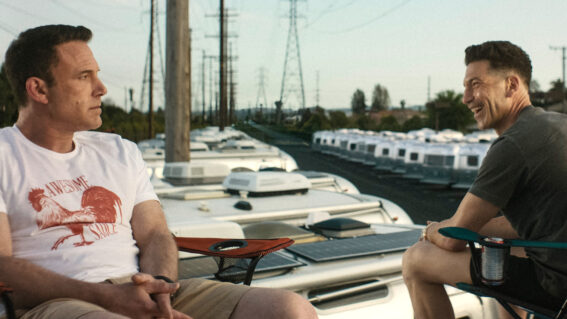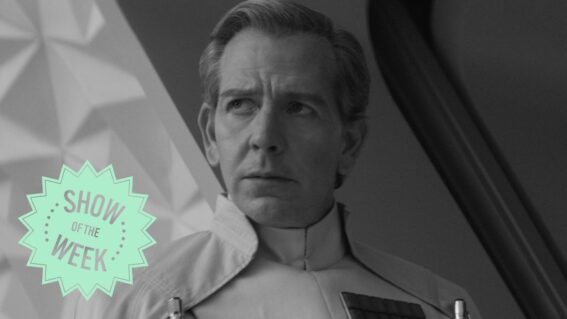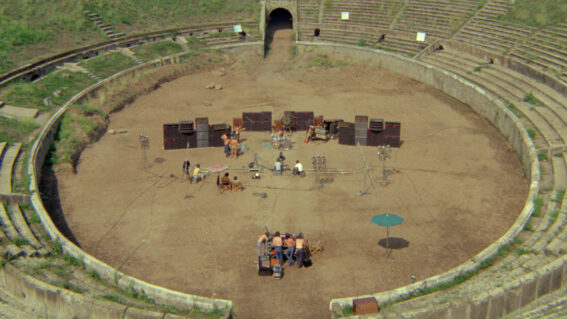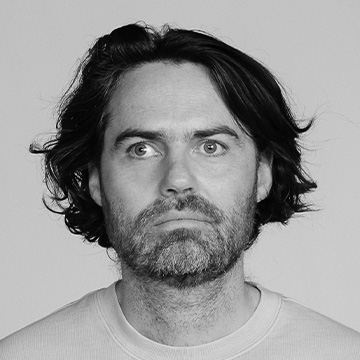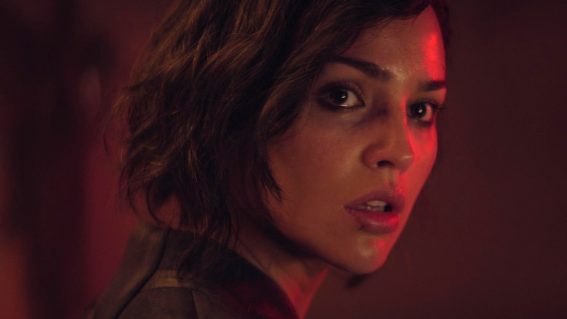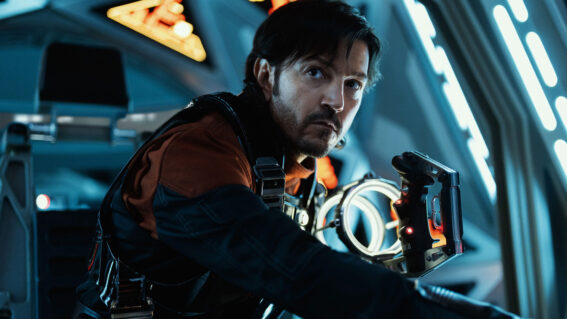What Queer for Fear tells us about the evolution of LGBTIQA+ characters in horror movies
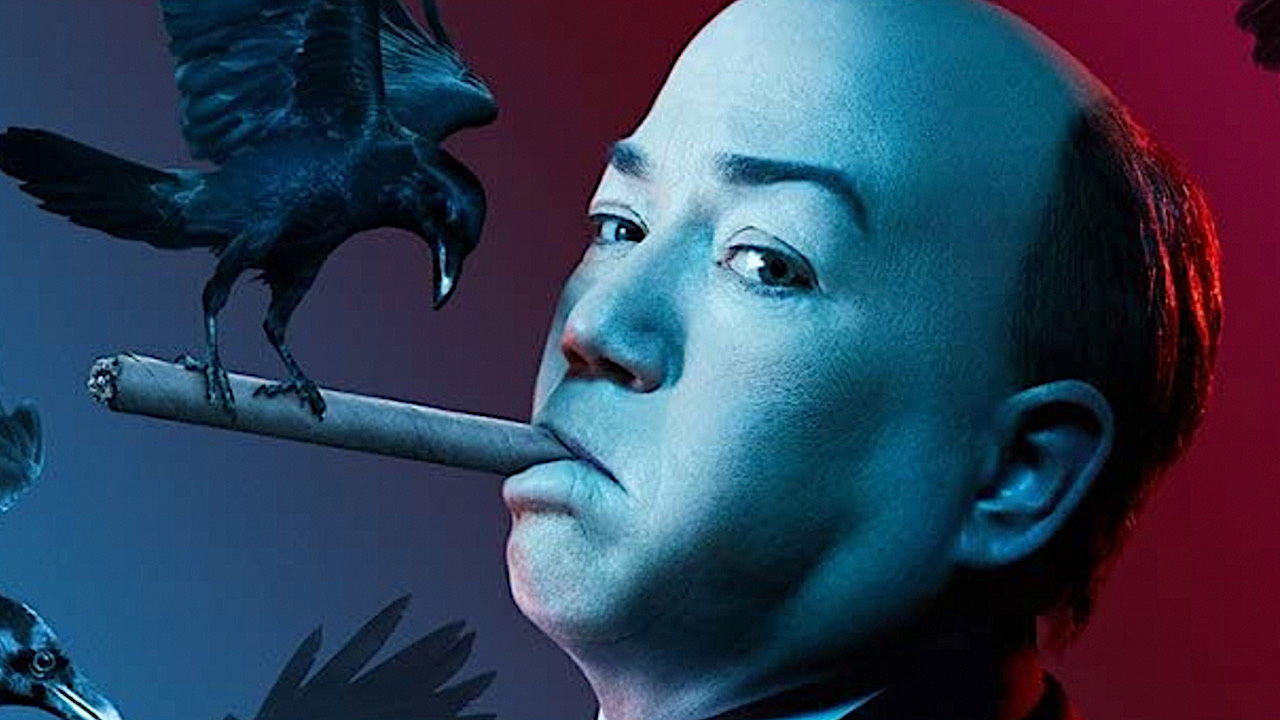
Horror is a safe space for many queer people, and Shudder has assembled an iconic cast of LGBTIQA+ ghouls to discuss that relationship in the frightfully fun Queer for Fear: The History of Queer Horror. Stephen A Russell takes us on a ghost tour of the docuseries’ most frightful discoveries.
Shudder’s shockingly good docuseries Queer for Fear, which cuts deep into the blood-drenched annals of LGBTIQA+ history within the horror genre, is packed full of fabulous filmmakers, authors, drag stars and more outlining how they find sanctuary in dark tales. Stitching together incredible archival footage—including Elsa Lanchester in gay filmmaker James Whale’s majestically camp Bride of Frankenstein and Bella Lugosi as an erotically charged bloodsucker in the 1931 Dracula—it’s a snappy, neon-hued insight into a very queer world.
Orange is the New Black star, comedian and jazz singer Lea DeLaria observes that queer folks find sanctuary in a genre that sits outside of polite society. Shirley Jackson Award-winning horror author Carmen Maria Machado adds that spooky movies “upset all the right people. People who can’t handle ambiguity. Who can’t handle violence or eroticism. People who think of the world in very clear-cut terms.”
Cultural critic and trans woman Emily St James continues the discussion: “The reason queer people have latched on to these monsters is because we see in them that society is always trying to eradicate us. And we’re always ready to fight back.”
A fiercely enticing rebel spirit burns at the heart of this four-episode series, which wastes no time establishing that the horror genre isn’t simply a tomb into which queer communities retreated from the pitchfork-branding hordes. Rather, they summoned it forth into the mortal realm on a lightning-struck night.
In one fell swoop, a teenage Mary Shelley created the horror and science fiction genres when she penned the tragic tale of Frankenstein’s monster after a fever dream one stormy night by Lake Geneva. Magnificently adorned in an outfit reminiscent of Carrie’s pig-blood drenched ballgown, drag star Alaska Thunderfuck notes that you can’t get much more goth girl than Mary, who lost her virginity to Percy Bysshe Shelley on her pioneering feminist mother Mary Wollstonecraft’s gravestone. Damn, that is goth. She also wrote about having fun with women in her private letters.
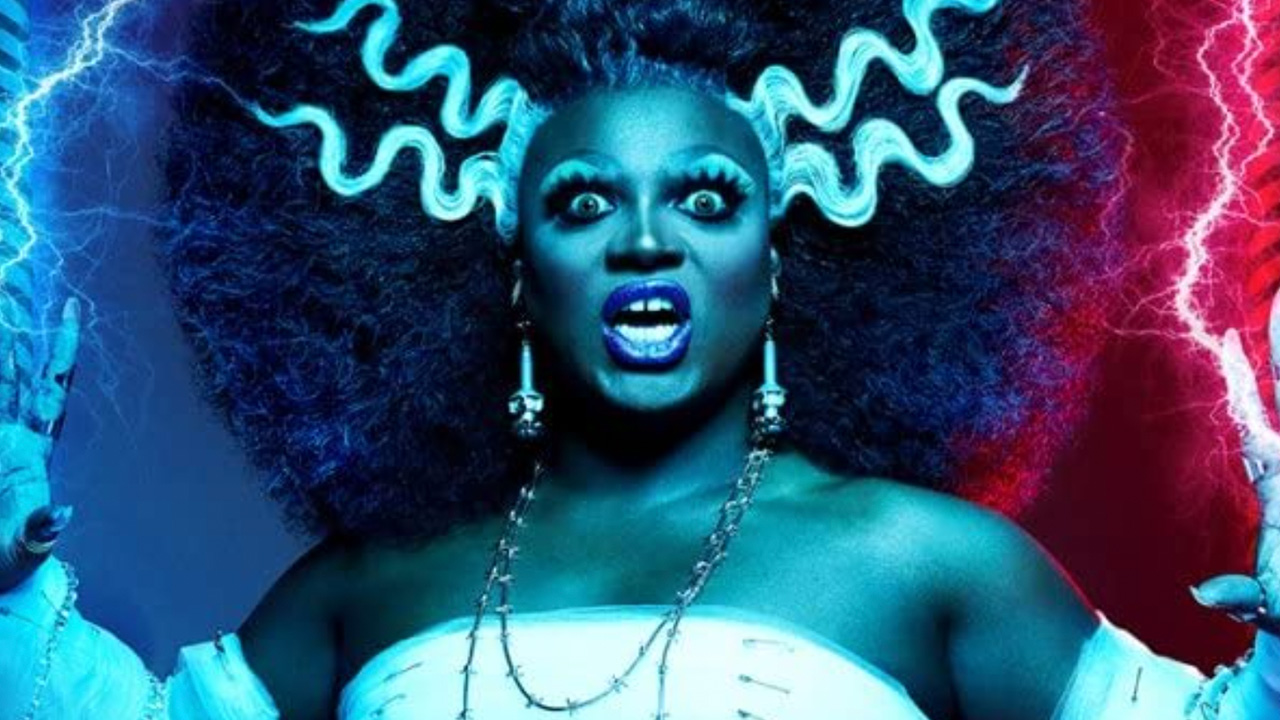
Dracula showrunner Mark Gatiss touchingly underlines how the inimitable Oscar Wilde prophesied his downfall with the creation of gothic horror story The Picture of Dorian Gray and its fabulously amoral anti-hero, who staves off the vagaries of age with a cursed painting concealed in the attic. The high society figure refused to flee London after bringing on the ill-advised court case that would destroy him on buggery charges, with Gatiss noting: “by not running away, he became immortal.”
Rounding out the unholy triumvirate of queers who ushered in the era of horror, Bram Stoker is perhaps the most complex. Dracula, his seminal take on the vampire mythos, finds time to seduce Mina, Lucy, Harker and Renfield, despite already having three brides. And yet Stoker was openly homophobic. But Monsters in the Closet author Dr Harry M Benshoff teases that Stoker sent innuendo-laden private correspondence to American poet Walt Whitman, whom Benshoff brands “probably the most famous homosexual of the 19th century.”
Later episodes untangle where these very queer beginnings led us, from parables of plague to destructive psychosexual obsession and unchained eroticism. After all, as Boys Don’t Cry filmmaker Kimberley Pierce wisely notes, the effect of terror on the body isn’t entirely dissimilar to the visceral thrill of porn.
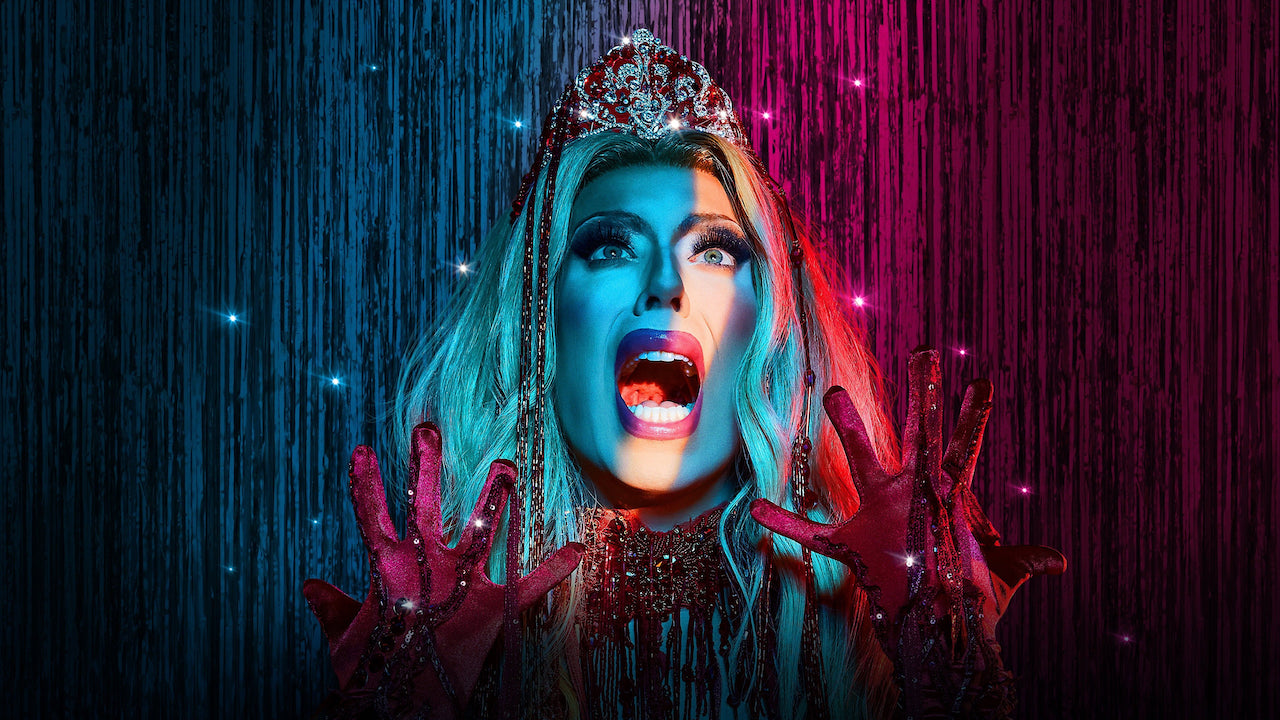
Monsters have historically provided the perfect platform for queer coding, allowing out filmmakers like James Whale to smuggle outrageous innuendo past hectoring censors while employing plenty of fellow homosexuals. Queer for Fear also probes the complexity of ostensibly “straight” director Alfred Hitchcock, who nevertheless offered the infamous utterance that “if I hadn’t met Alma at the right time, I could have become a poof.”
Hitchcock’s 1948 film Rope is, of course, screamingly queer. Elsewhere the director also cast closeted actors, most notably Psycho villain Anthony Perkins (look out for a beautiful heart-to-heart from his son Oz) and lesbian authors Daphne du Maurier and Patricia Highsmith.
There’s something gloriously “I’m coming out” about the sub-genre of monstrous transformation movies. Pierce, who relishes binary-breaking roles such as Dr Jekyll and Mr Hyde, dubs them superhero movies for queer people. From George Waggner’s 1941 film The Wolf Man on to Joe Dante’s 80s gem The Howling, plus Cat People and its remake, this is fertile territory.
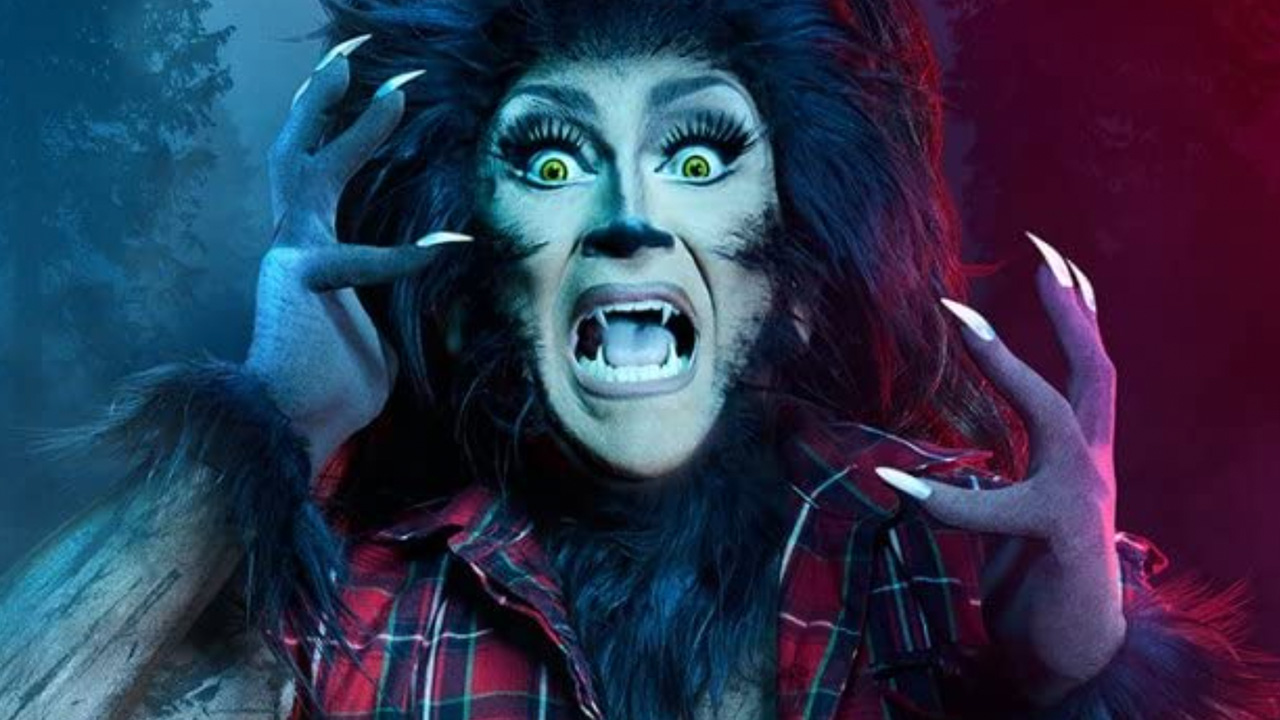
Bad Hair filmmaker Justin Simien acknowledges having a huge crush on Stoker after seeing pics of the young author. Simien elicits the series’ biggest laugh when he asks just how many queers have woken up the next morning asking just what the hell they did, and with whom, after a wild night?
Like much of Queer for Fear, this interview will leave you howling.




